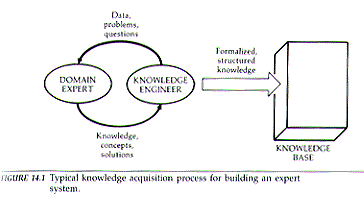Tree Structure


Below are some diagrams that show the basis how an expert system works.
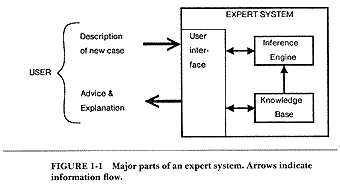
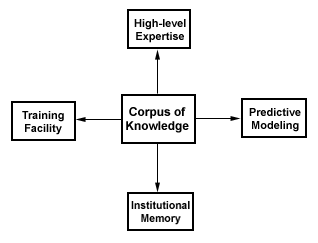
A style of organization for data base:"Token Stream". Here the data base
is a linear syream of tokens, accessible only in sequence. Each
production in turn is matched against the beginning of th stream. For
example, if the first character of a production and the first character of
the stream differ, the whole match fails. If the rule is invoked, it may
add, subtract, or modify characters in the matched segment.
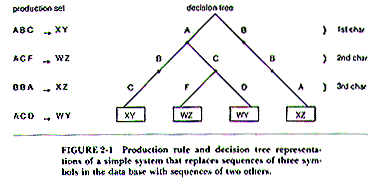
The above diagram shows that production rule and decision tree
representations of a simple system that replaces sequences of three
symbols in the data base with sequences of two others.
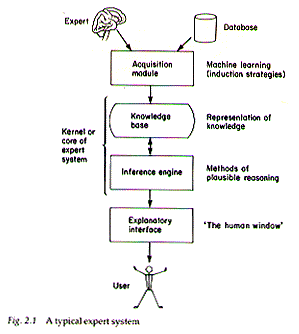
Expert systems should be viewed as a particular type of information
system. Expert systems are distinct in terms of their approach to problem
representation, as information systems process information, while expert
systems attempt to process knowledge.
Knowledge in an expert system may originate from many sources, such as
textbooks, reports, datat bases, case studies, empirical data, and
personal experience. The dominant source of knowledge in today's expert
systems is the dominant expert. A knowledge engineer usually obtains
knowledge through direct interaction with the expert, as shown in the
figure below.
